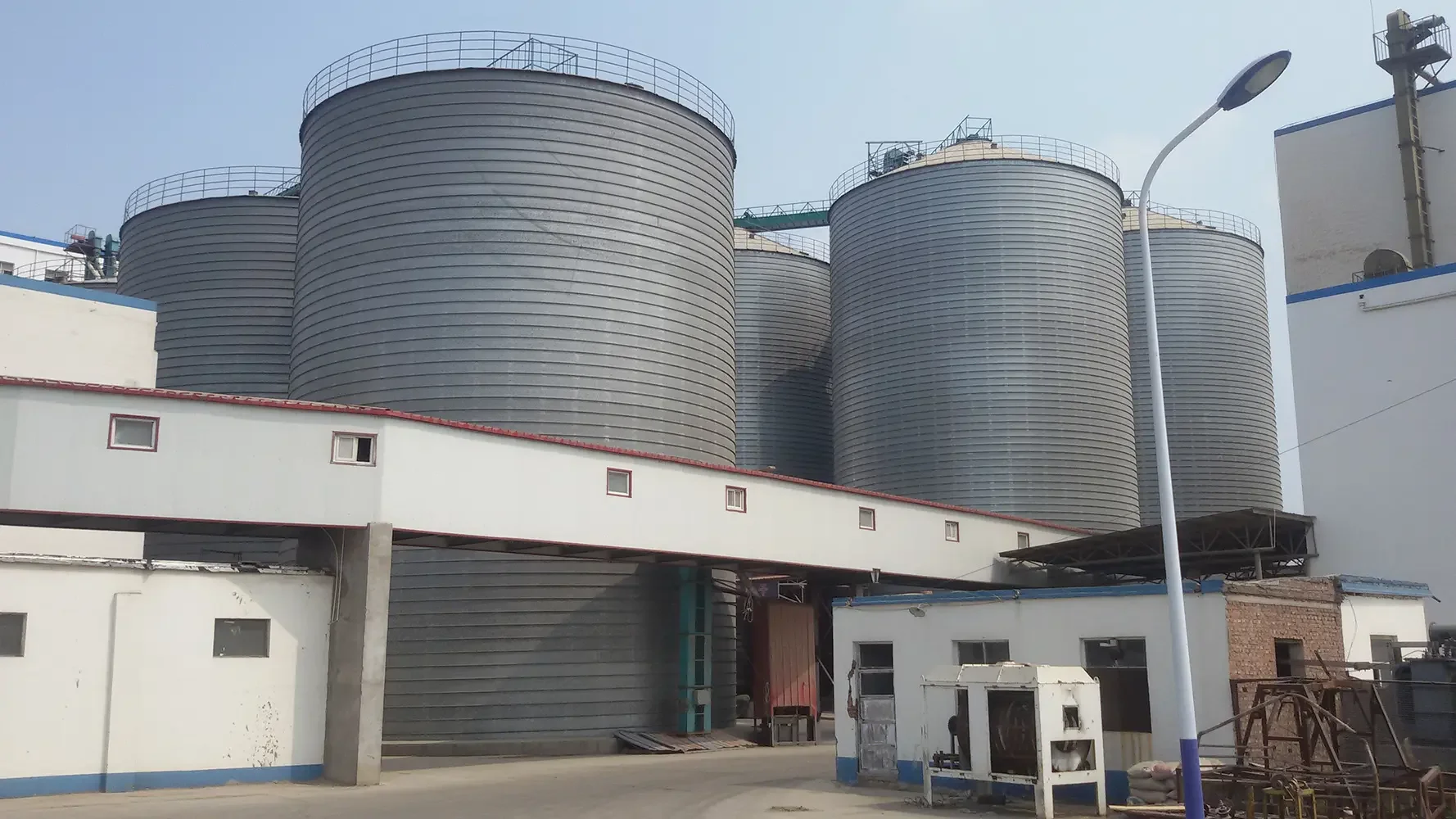In recent years, the push for sustainable alternatives to plastic has led to a significant rise in the popularity of paper bags. While they are often marketed as an eco-friendly choice, it is essential to delve deeper into the potential negatives associated with their use. This article aims to provide a nuanced understanding of the drawbacks of paper bags, exploring environmental, economic, and practical considerations.
Environmental Impact
- Deforestation Concerns
One of the most pressing environmental issues linked to paper bags is deforestation. The production of paper bags requires a substantial amount of wood pulp, which often leads to the clearing of forests. This not only contributes to the loss of biodiversity but also disrupts ecosystems that depend on these forests. While many manufacturers claim to source their materials sustainably, the reality is that not all paper bags are created equal. The certification of sustainable forestry practices is not universally enforced, leading to potential environmental degradation.
- Energy and Water Consumption
The production process for paper bags is energy-intensive. It involves several stages, including logging, pulping, and manufacturing, each requiring significant amounts of energy and water. According to studies, producing a paper bag can consume up to four times more energy than producing a plastic bag. Additionally, the water footprint of paper production is substantial, raising concerns about water scarcity in regions where these resources are already limited.
- Carbon Footprint
While paper bags are biodegradable, their overall carbon footprint can be higher than that of plastic bags when considering the entire lifecycle. The transportation of heavier paper bags, which are bulkier and weigh more than their plastic counterparts, contributes to increased greenhouse gas emissions. Furthermore, if paper bags are not recycled properly, they can end up in landfills, where they produce methane—a potent greenhouse gas—during decomposition.
Economic Considerations
- Cost of Production
From an economic standpoint, paper bags are generally more expensive to produce than plastic bags. This cost is often passed on to consumers, making paper bags a less attractive option for businesses looking to minimize expenses. For small retailers, the increased cost of switching to paper bags can be a significant burden, potentially leading to higher prices for consumers.
- Durability and Reusability
While paper bags are often marketed as reusable, their durability is a significant drawback. They are more susceptible to tearing and damage when exposed to moisture, making them less reliable for carrying heavy or wet items. This limitation can lead to increased consumption, as consumers may need to replace paper bags more frequently than plastic ones. The notion that paper bags are inherently more sustainable due to their reusability is therefore misleading.
Practical Limitations
- Limited Functionality
Paper bags are not suitable for all types of products. For instance, they are less effective for carrying liquids or items that require insulation. This limitation can lead to increased reliance on plastic bags for specific uses, undermining the overall goal of reducing plastic consumption.
- Consumer Behavior
The transition to paper bags can also be hindered by consumer behavior. Many individuals are accustomed to the convenience of plastic bags, which are lightweight and waterproof. The shift to paper bags may require a change in consumer habits, which can be challenging to achieve. Additionally, the perception that paper bags are a one-size-fits-all solution can lead to complacency in seeking more sustainable alternatives.
Conclusion
While paper bags are often hailed as a superior alternative to plastic, it is crucial to recognize their inherent drawbacks. From environmental concerns related to deforestation and energy consumption to economic implications and practical limitations, the negatives of paper bags warrant careful consideration. As consumers and businesses alike strive for sustainability, it is essential to explore a range of alternatives, including reusable bags made from durable materials, to truly minimize our environmental impact. The journey towards a more sustainable future requires a holistic approach that goes beyond surface-level solutions.


More Stories
How SBR Rubber Sheets Are Manufactured: From Compounding to Vulcanization
Exploring New Chapters of Development Together! Shuifa Singyes New Materials Participates in C-Touch & Display Shenzhen 2025 and Commercial Display
How to Choosing the Best Cylinder Essential Oil Packaging Box for Your Brand